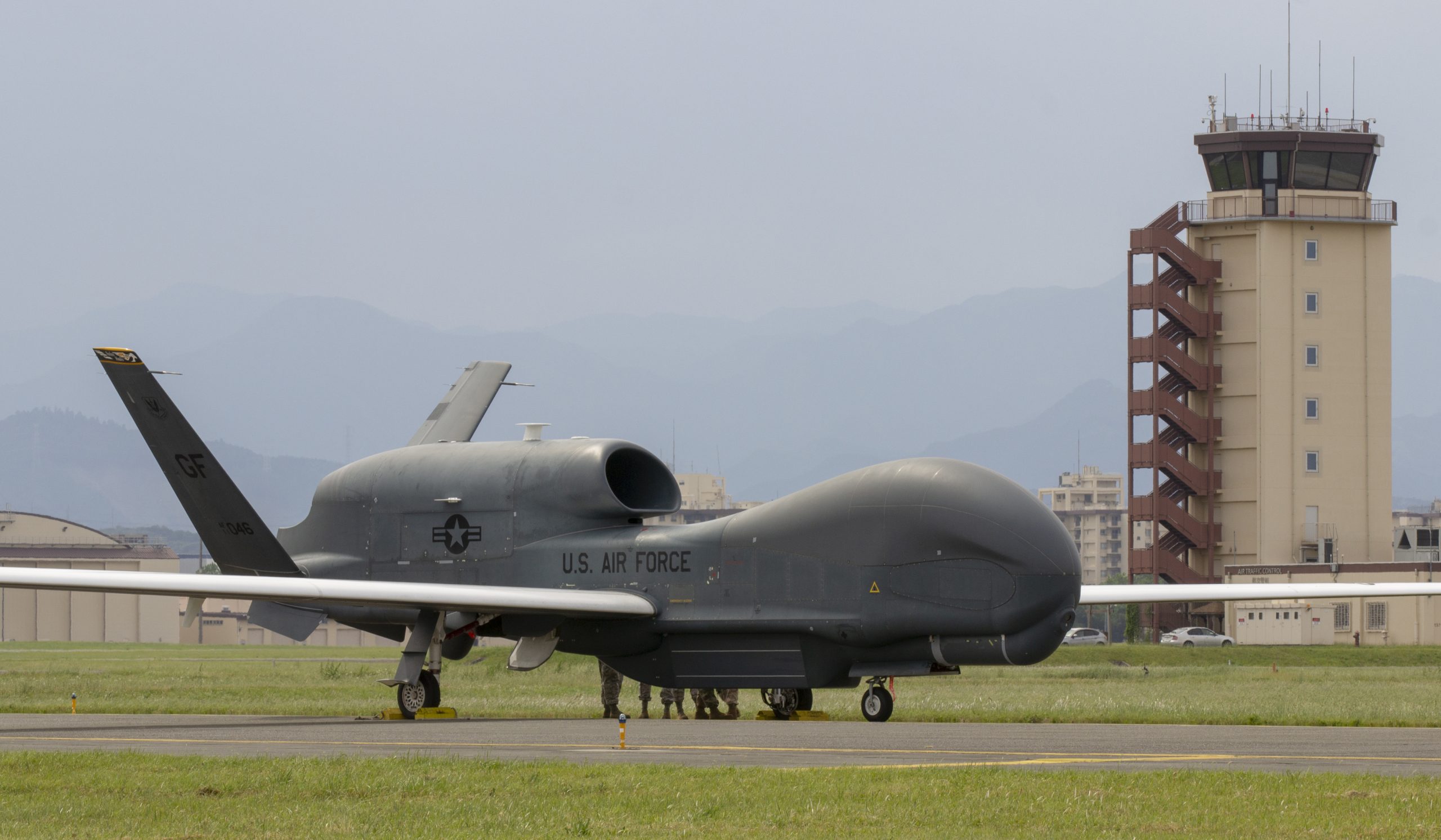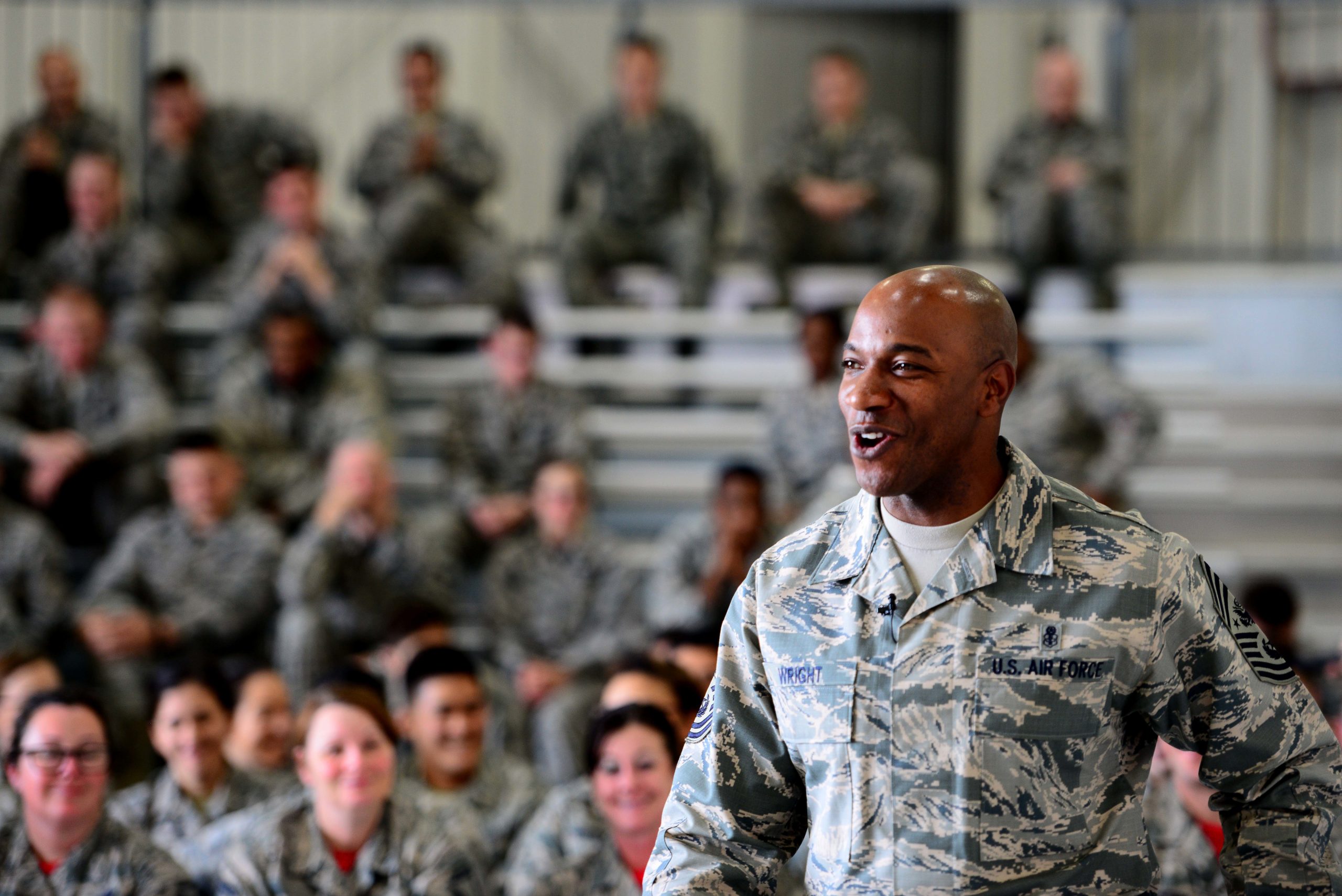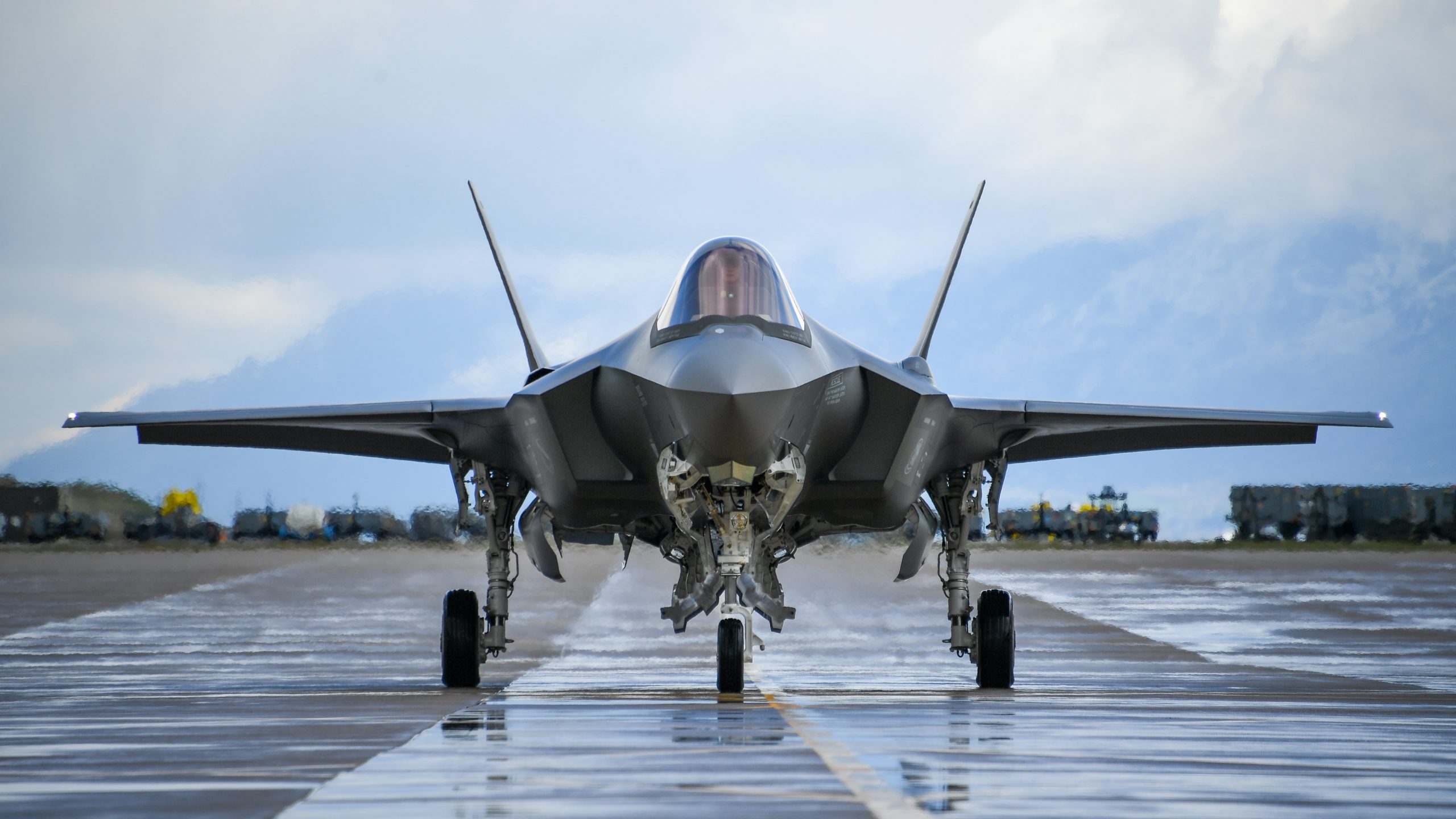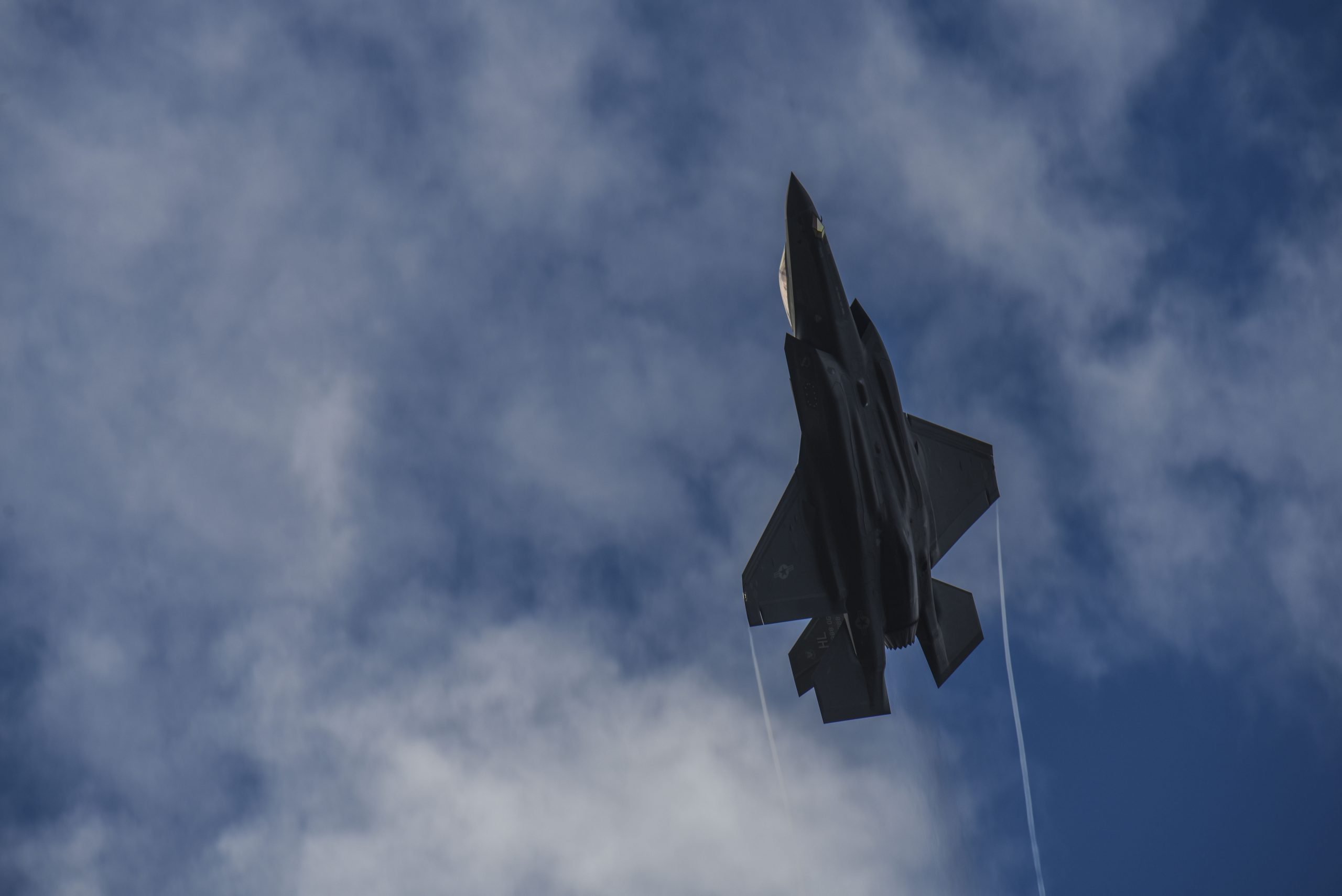Air Force intelligence officials will keep improving the RQ-4 Global Hawk surveillance drone until Congress directs them to ditch it, the 16th Air Force commander said Aug. 13.
The RQ-4 enterprise is in limbo, as the Air Force wants to retire 24 of the aircraft in fiscal 2021, but lawmakers have not yet signed off on the plan. If the request is approved, the Global Hawk inventory would shrink from around 30 aircraft to 10.
“[Airmen are] going to continue to optimize everything we’re doing with the Global Hawk for as long as the Global Hawk’s in our inventory,” 16th Air Force boss Lt. Gen. Timothy D. Haugh said during an online Air Force Association event. His information warfare organization oversees intelligence, surveillance, reconnaissance, cyber, electronic warfare, and weather forecasting operations.
On Aug. 12, Airmen briefed Haugh on changes underway to make the Global Hawk’s high-altitude reconnaissance flights more efficient. Global Hawks carry multiple types of sensors that can collect infrared images and signals intelligence through the electromagnetic spectrum, as well as track moving ground targets.
“We’re periodically assessing the effectiveness,” Haugh said. “We were able to be a little bit more predictive, in terms of a particular sensor, to ensure that we were optimizing that for every sortie.”
He declined to say where surveillance flights are benefiting from those improvements.
The Air Force doesn’t expect Grand Forks Air Force Base, N.D., where the 319th Reconnaissance Wing manages worldwide RQ-4 operations, will see any workforce changes because of the retirement, the Grand Forks Herald reported in February. That base hosts the Global Hawk version known as Block 40, while the service is trying to dump its Block 20 and 30 models.
Units around the world fly Global Hawk variants, built by Northrop Grumman, as a reconnaissance plane and as a communications link between other aircraft nearby. Military officials worry the drones are vulnerable to attack.
“The Air Force has proposed … to divest the RQ–4 Block 20 [Battlefield Airborne Communications Node] aircraft and procure manned E–11 aircraft to replace them,” the House Appropriations Committee wrote in fiscal 2021 defense spending legislation. “The committee supports the use of the fiscal year 2019 funding to execute the Air Force’s new plan for BACN.”
Others in the House and Senate are open to the idea, with more conditions. Senators want to ask the Pentagon to assure Congress that retiring the RQ-4 and its manned counterpart, the U-2, would not hurt military intelligence collection, while congressmen want to know if the Global Hawk’s replacement would be less cost-effective.
As Congress decides whether to green-light the RQ-4 retirement, Haugh’s organization will try to figure out what aircraft and other surveillance resources it needs to stay on par with or a step ahead of the rest of the world—with or without the Global Hawk.
In the Global Hawk’s case, Air Force officials are looking at ways to keep the drones that are left in the inventory flying longer. Newer RQ-4s are designed to last about 25 years, and an average aircraft will hit the end of that lifespan in the early 2030s.
If the fleet shrinks, the service could replace its highly demanded capabilities with sensors on other aircraft or on satellites. It could also find ways to fly the remaining RQ-4s in different ways to do more with less, depending on the situation in a particular part of the world.
“As we look at the conflict continuum, what are the [intelligence, surveillance, and reconnaissance] resources we need in competition, what ISR resources we need in conflict, and what is that mix of resources as we go forward in terms of blending what the Air Force presents, the authorities we leverage with the intelligence community?” Haugh said. “There will be a number of choices that are going to have to be made across the department in terms of how we invest in competition versus conflict.”








